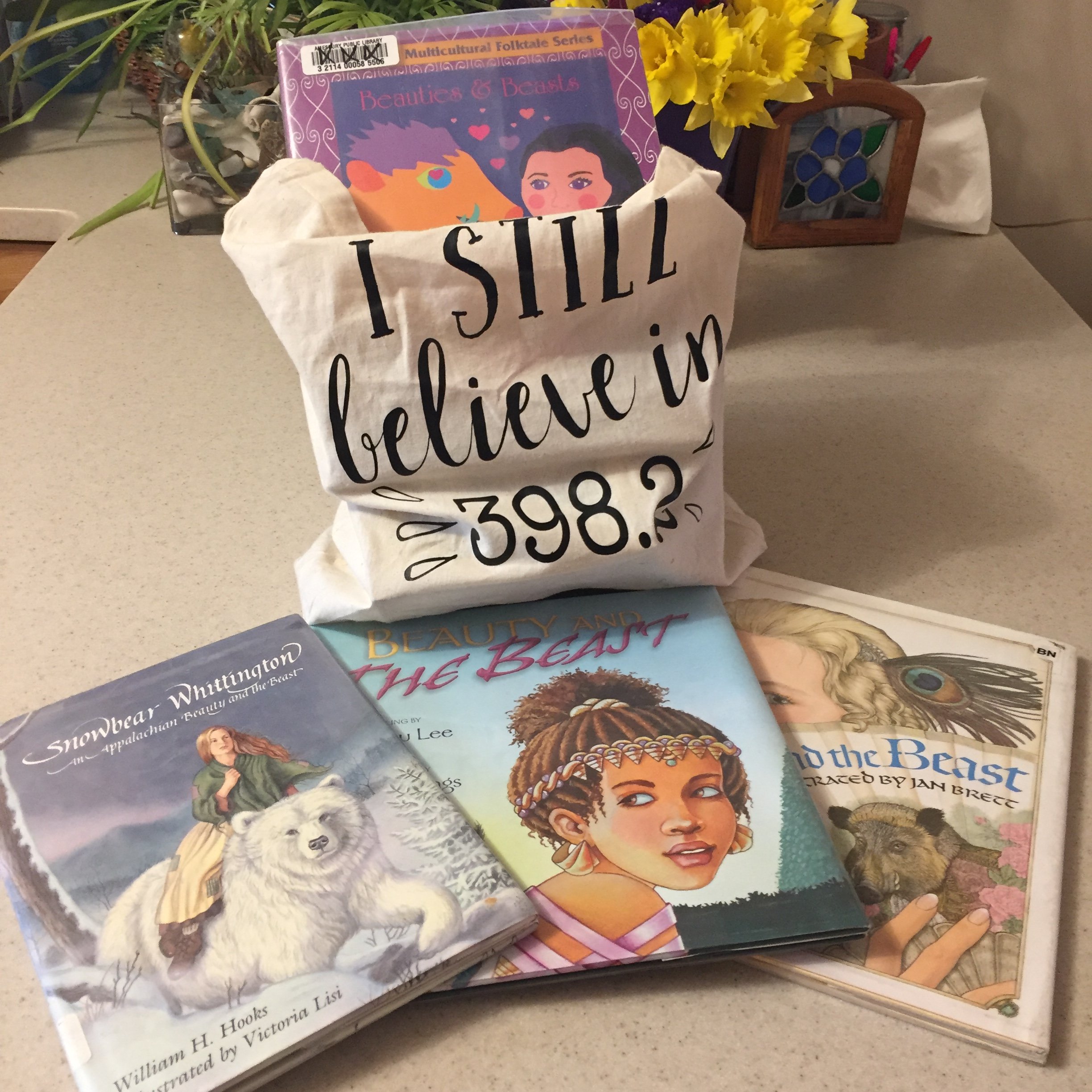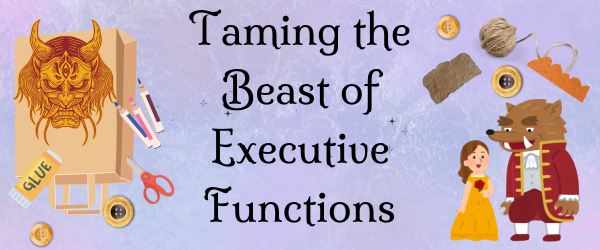The Beauty of those Beastly Executive Functions
Once upon a time…
There was a prince who was cursed to be a beast until someone loved him for himself.
And this “tale as old as time” (though not really, according to SurLaLune’s fascinating history of the story!), continues to fascinate us.
It’s the ultimate story of the transformational power of love.
But more than that, it’s about resilience.
And how both Beauty and the Beast demonstrate can work those protective factors and get to their happily-ever-afters.
Think about Beauty’s inhibitory control! I mean…she is faced by a terrifying BEAST, yet she doesn’t flinch. She tamps down her fear so she can do the right thing by her beloved father.
And the Beast is a paragon of that executive function of cognitive flexibility.
Pretty dresses don’t charm? How about…A LIBRARY FULL OF BOOKS?
Sees his love homesick and knows if she leaves forever he will die? How about a deal to return, with a magic object that she can use to do so?
And that’s not even getting into the initiative and self-regulation they both demonstrate! And…their relationship!
(Seriously: the dog/beast in one of this week’s variants is the KING of self-efficacy. He asks the girl to tell the truth, and, when it’s hurtful to him, he calmly turns tail and carries her back to his castle, instead of wimping out and letting her see her father even though she’s lying!)
As for cultural affirmation: the story’s universality offers a warm hug no matter where you’re from!
Curious about some of the many variants from around the world? Betsy Hearne’s Beauties and Beasts has loads of them, written for oral storytelling and wonder!
Beauty and the Beast
Retold by H. Chuku Lee
Illustrated by Pat Cummings
Simple version of the tale, told in the first person (from Beauty’s perspective)
Fascinating illustrations blend familiar imagery with the intricate architecture and textures of the Dogon people of Mali.
Clear facial expressions are supported by text identifying emotions.
Want to know more about the dynamic duo who created this variant, and why? Check out this interview!
The Great Smelly, Slobbery, Small-Tooth Dog
Retold by Margaret Read McDonald
Illustrated by Julie Paschkis
Playful British folk version of the familiar tale
Lots of repetition make it fun to tell and engaging
Colorful, large illustrations
I mean: c’mon: with a title and main character like that: what young child WOULDN’T love this?!
Children love masks! Creating their own beast masks helps them to make connections between the many ways the Beast is represented in the story.
You will need:
· Brown paper grocery bag with a rectangle cut out for the eye hole (one for each child)
· Scraps of construction paper, tissue paper, old fingerpaintings, etc.
· Scissors
· Attachers: Glue sticks, glue, tape, staplers, low temp hot glue gun etc.
· Mark-makers: Pencils, markers, or crayons
· Attachable loose parts: Yarn, string, fake fur, fabric, stickers, chenille stems, and whatever you can imagine!
Suggestions to try:
1. Ask children what kind of beast they think they would turn into if a bad fairy bewitched them.
2. Show children the variety of loose parts they can use to create their beasts.
3. Give each child a paper bag, pointing out the eye hole and the sides where their arms will go. These areas will need to be left open and undecorated.
4. Encourage children to experiment with different materials first before gluing or taping them to their paper bags (their masks).
5. When the masks are done, cut arm holes in the sides of the bags.
6. Let children share their inner beasts!
How it builds executive functions (and initiative!)
Like most open-ended art activities, creating a beast mask nurtures executive function skills as well as problem solving and self-efficacy.
Children use cognitive flexibility to imagine how a bag and a bunch of loose parts can turn into a beast. Think of the difference between this process and the cookie-cutter cut and paste masks you can find on Pinterest!
Kids draw on their working memory as they go through the process of cutting, tearing, and attaching the various loose
As they assemble the materials, they are solving problems: What can I use for horns? How can I make this fur stick? What shape are my beast’s ears? What if my yarn tail keeps falling off?
Because there is no one right way to make a beast, each child’s ideas will transform the bags into unique and playful masks.
This supports self-efficacy.
And, because the end goal is to have a fun beast mask to wear, children are motivated to put in the time and hard work to finish their masks.
This mirror-cleaning activity is inspired by Montessori Practical Life activities.
There are many excellent descriptions and videos online about how do this and other Montessori Practical Life polishing activities.
[Pro tip: They also work well with “Cinderella,” “Hansel and Gretel,” and other stories in which characters perform household chores!]
Once kids have gotten the hang of it, the activity can be put in a center where they can do it independently.
You will need:
· Mirrors of various sizes
· “Mirror polish” (dish soap works)
· Paper towel for applying the polish/dish soap
· Pieces of felt for polishing
Suggestions to try:
1. Share with children that when Beauty wanted to use her magic mirror, she had to be sure it was clean.
2. Apply one squirt of dish soap onto the mirror (children can do this themselves).
3. With a paper towel, smear the soap all over the mirror.
4. Wait a few minutes until it dries. While waiting, encourage the children to sing (to the tune of “London Bridge Is Falling Down”)
Need a refresher on the tune? Here’s one version on Spotify!
5. Once the mirror is dry, ask the children to wrap a piece of felt around their fingers.
6. Have them make small circles on the mirror, starting at the upper left-hand side and working their way from left to right, top to bottom.
7. Keep going until all of the soap is gone and the mirror sparkles!
How it builds executive functions
Like all of us, children enjoy seeing the fruits of their labor!
This is one reason the Montessori Practical Life activities are so engaging. They provide “meaningful work” for children, with observable and practical results!
This simple modification of Montessori polishing provides kids a way to feel competent (yay, protective factor self-efficacy!) while developing the executive functions of working memory and effortful control.
Working memory develops when we hold in mind the process and sequence of tasks we’re performing.
By focusing on the orderly process of carefully circling left to right, top to bottom, children practice this. (AND…it’s not a coincidence that this sequence mirrors the directionality of handwriting!)
Let’s face it: when given a smooth shiny surface and sticky, shiny dish soap, and a paper towel, the first impulse is to smear it all around willy nilly for many of us!
This is where the executive function of effortful control comes in!
To get the mirror sparkling clean, the impulse to rub randomly has to be controlled.
Any of us (*cough*, me) who have tried to rush through washing windows or wiping computer screens by making large, random streaks knows what happens!
Want more Beauty and the Beast?
Scan the QR code or click this link to be magically transported to the bonus Beauty and the Beast chapter in Happily Ever Resilient!
Lots more Beauty-related ideas for storytelling/storyacting, centers, games, and transition activities!
All supporting RESILIENCE!!







